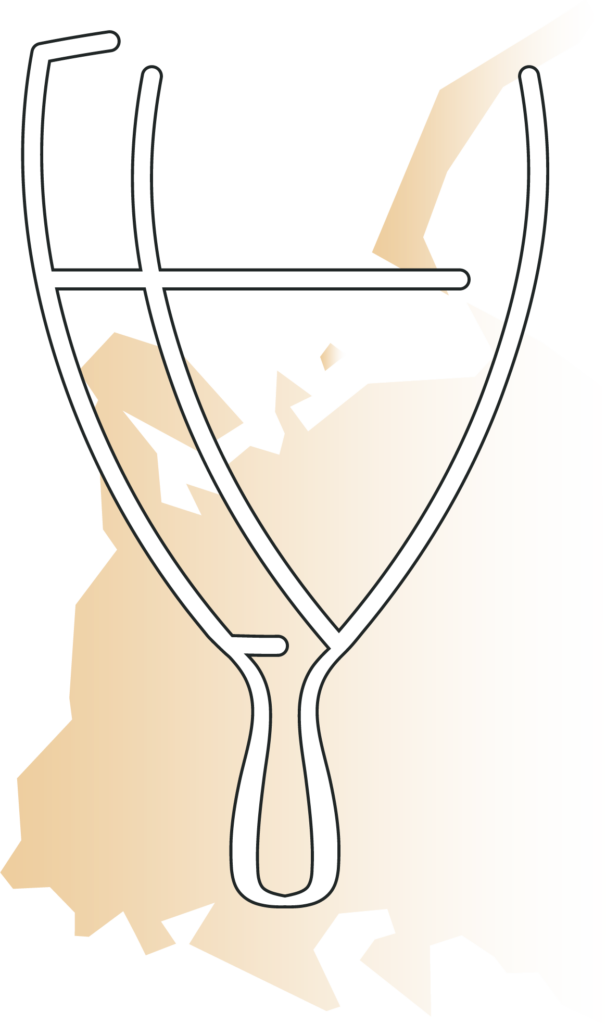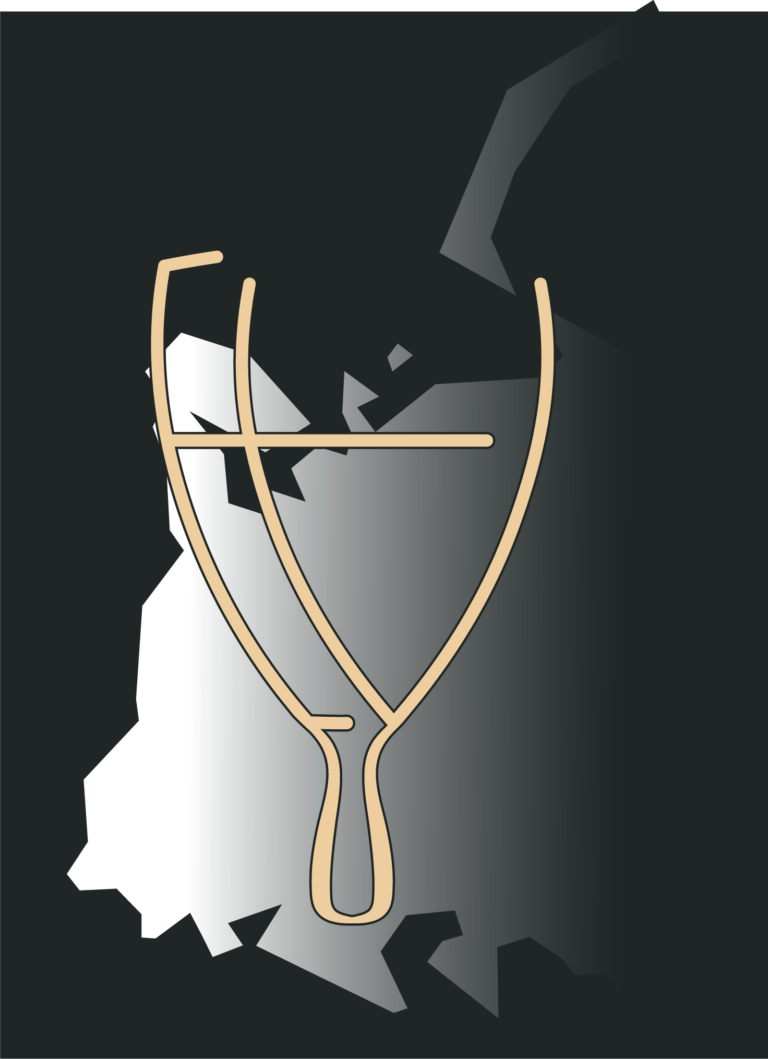Opinion
Although construction of the controversial Nord Stream 2, the second natural gas pipeline that connects Russia with Germany through the Baltic Sea, has yet to be completed, in January 2020, Russia has significantly increased its gas exports to Germany, because of Nord Stream 2.
The pipeline, which is funded by the Russian state-owned gas export monopoly Gazprom, is under international scrutiny, mainly by the US, the EU Commission, and several Central European countries. The main driver for the opposition is individual economic interests. As a foreign politically “correct” common denominator amongst Nord Stream 2 opponents, it is the pipeline’s purpose to diminish Ukraine’s role as the main transit route of Russian gas for European markets. With Nord Stream 2, war-ridden Ukraine would lose about $3 billion per annum transit fees. Also, Russia, which annexed Ukrainian territory in 2014 and supports pro-Russian separatists in Ukraine’s civil war, would shed all of its economic dependency on Ukraine and equip itself with further political leverage over Ukraine. The Ukrainian gas pipeline, which was built during the Soviet era, is a hot spot of bilateral conflict for decades.
On the other side, Nord Stream 2 serves Russian and European countries’ interests to include Germany, Austria, and Italy. All of them will benefit from an anticipated lower gas price that comes with Nord Stream 2. The Nord Stream 2 pipeline is not yet finished. The pipeline needs about 140 kilometers of additional pipeline to supply the European pipeline system with an additional 55 billion cubic meters (bcm) per year. The attempts to stop the Nord Stream 2 projects by its opponents are coming from multiple directions. First, the EU Commission changed the regulatory regime that would make the operation of the pipeline impossible for Gazprom, which was later overruled by German authorities. Second, the threat of sanction by the US on pipe-laying vessels was successful in halting the construction of Nord Stream 2 in 2019. Pipe-laying vessels are necessary to lay the pipeline on the seabed of the Baltic Sea, of which only a few exist in the world. Gazprom owns two of those vessels and one of them, the Akademik Chersky, which has been transferred from the Pacific Ocean to the Baltic Sea in a months-long journey, will likely finish the last part.
Without Nord Stream 2 is operational, in January 2020, Gazprom, the Russian gas exporter, was able to increase its gas supply by the equivalent of 20 bcm per year via the Baltic Sea gas transit route, according to research conducted by the Oxford Institute for Energy Studies. This is an indirect result of the Nord Stream 2 project. Gazprom was used a trick to let the European regulatory regime work in its favor. The Nord Stream 2 interconnecting pipeline, EUGAL (European Gas Interconnection Line), has already been built and taken into operation in 2019. EUGAL was originally foreseen to transfer gas delivered by Nord Stream 2 through Germany to the German-Czech border, from where it connects onwards with the Austrian gas hub in Baumgarten. Baumgarten is one of Europe’s most important gas hub, and the place where most of Russia’s gas supplied via the Ukrainian gas transit route arrives for further distribution into Western and Southern Europe. This is why Nord Stream 2 is conceived as a threat to the Ukrainian gas transit route. EUGAL is operated by Gascade, a required by EU law, independent transmission system operator (TSO). Gascade is owned by WIGA, a joint venture between BASF Winterschall and Gazprom. While sanctions have prevented the construction of Nord Stream2, EUGAL already is in full operation. In January 2020, the equivalent of 20 bcm natural gas arrived at the EUGAL exit point, which is almost half of the pipeline’s 45 bcm annual capacity, and more than a third of Nord Stream 2’s capacity of 55 bcm. These additional gas volumes are coming from Nord Stream 2’s older sister pipeline, Nord Stream, which has been operational since 2011.
With the construction of Nord Stream in 2011, the first Russian-German Baltic Sea pipeline came already under scrutiny by the EU Commission, due to Europe’s overdependence on Russian gas and Gazprom. As a result, EU laws have restricted Gazprom’s access to Nord Stream’s interconnection pipeline OPAL (Ostsee-Pipeline-Anbindungsleitung), which means that Nord Stream has rarely since 2011 been utilized its full capacity. OPAL connects with Nord Stream in Lubmin, the same place where Nord Stream 2 is supposed to connect with EUGAL. Nord Stream and EUGAL thus have a physical connection, which allows Gazprom to supply gas into EUGAL via Nord Stream.
The situation as well as the political resistance against Nord Stream was similar in 2011 to the situation around Nord Stream 2 in 2019. Surprisingly, as it is to a large extent against the EU’s policy of liberalization of the gas market, network regulators and the EU Commission allowed Gazprom to use 80% of EUGAL’s capacity for 20 years.
Two of Nord Stream 2’s most powerful opponents, the US and the EU Commission failed to prevent or restrict the construction or operation of EUGAL. This is likely due to German authorities, when in 2017 the capacity auction for EUGAL was conducted, supported the Nord Stream 2 projects without the strong foreign interference that Nord Stream 2 endures today.
Russia achieved a battle victory in the confrontation surrounding the development of Nord Stream 2. The confrontation is not yet over. While Gazprom anticipates the pipeline to be finished by the end of 2020 and operable by mid-2021, US policymakers have threatened to impose more sanctions directed against all companies and government authorities involved in the construction of Nord Stream 2. The EU commission, which so far has been an important ally in the opposition to Nord Stream 2, consider these sanctions as a breach of international law. Also, Gazprom and Ukraine signed a deal in December 2019 for continuous use of the Ukrainian pipeline for Russia’s gas supplies to Europe until 2021, which holds favorable terms for Ukraine. This means that Ukraine will at least for another two years benefit financially from its gas transit status.
The legitimation of further sanctions against Nord Stream 2 is thus somewhat exhausted. Since December 2019, Ukraine’s position as a gas transit state has been preserved until 2021. If the US sanctions policy included promoting US export Liquefied Natural Gas (LNG) to Europe, then sanctions could become a powerful threat. It remains unclear whether additional US sanctions will be implemented.
The utilization of EUGAL disproves the fact that decisive policymakers in the opposition of Nord Stream 2 have a full understanding of the European gas transmission system and thus the understanding of European gas markets. This to the further extend indicates that the threat of sanctions is driven by individual economic interests rather than the preservation of European energy security.

